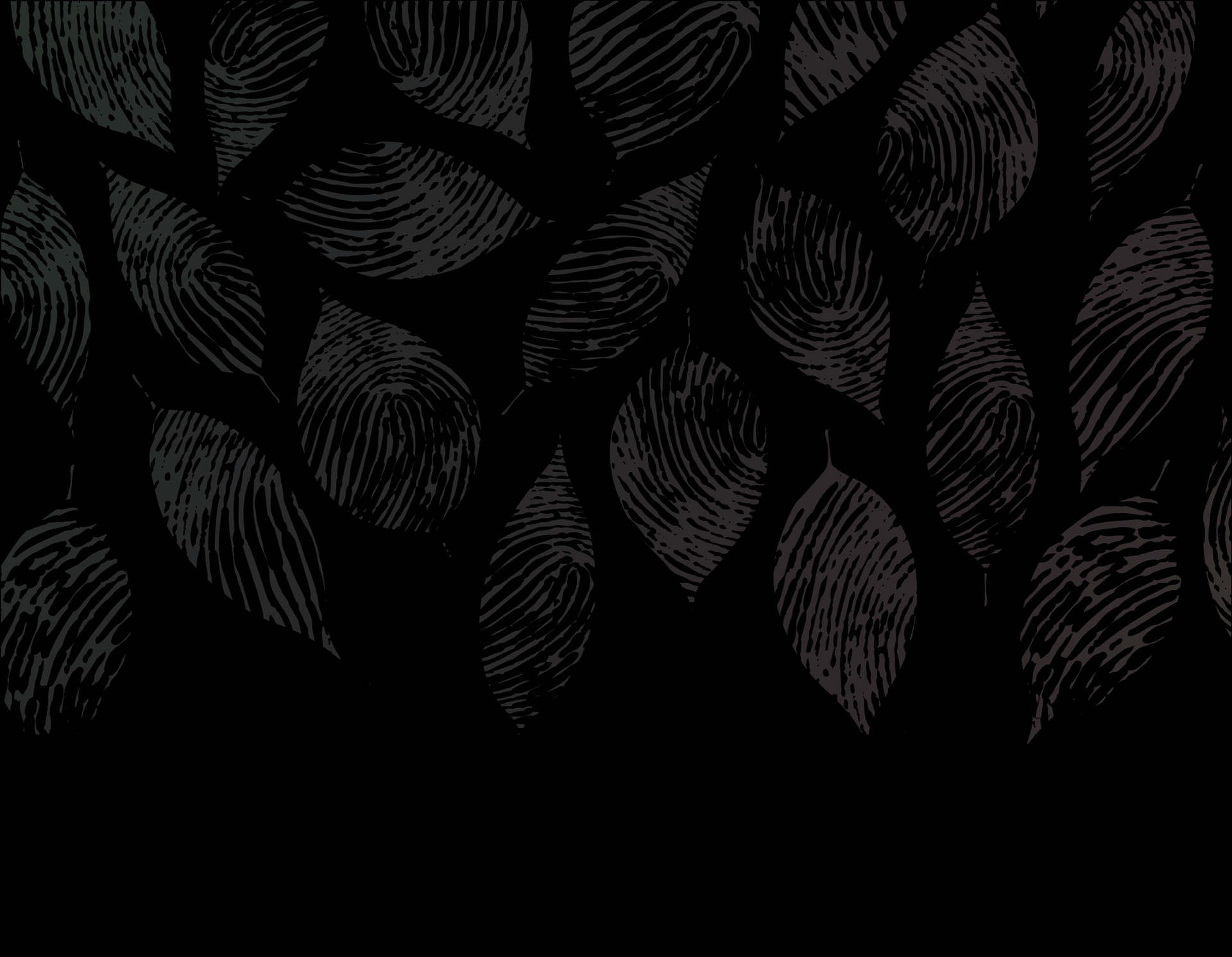Ideas
Idea #5: Modeling Comfort with Discomfort
Learning Intention
“Teaching and learning [are] emotional processes and activities as well as cognitive ones” --Audrey Bryan2
Overview
As the saying goes, actions speak louder than words and students will be more likely to learn by what you do than by what you say.4 Modeling social awareness and respect for differences is important, but it may be even more important to show students what it looks like to engage with discomfort instead of reverting to defense mechanisms or ignoring. “There is no way to teach social justice without engaging fearlessly with your students, willing yourself to allow for the cracks to show in your teaching armor as you demonstrate, firsthand and right in front of them, the necessity of being comfortable with discomfort and daring to fail.”3
Suggestions
- Do Important Work Even When It’s Scary: Whether it is co-creating course expectations or admitting your own shortcomings or blind-spots, let students learn by your example. “It never fails to empower the students to take ownership of their learning and become more willing to engage in the ‘hard-a** stuff’.”3
- Dialogue, Don’t Monologue: Discuss course goals and content with students, instead of dictating to them, and truly listen to their experiences and interests.3 Invite students to participate with you in negotiating ground rules and expectations as well.4
- Make Confessions: Show students your own journey and reveal struggles you’ve had encountered, both in the past and in the present. Whether those encounters are about racism you’ve faced or racism you’ve embodied, let students see your example.1,4
- Be a Humble Learner: Learn to approach each class and discussion with fresh eyes, “be [like a] baby, beginning with nothing, and learn it new again.”3 Be willing to listen to and learn from your students, and when you come to a new realization, humbly acknowledge that learning with your students.3,4
References
- Abel, T. (2018). Praxis for Environmental Justice, Innovative Teaching Showcase, Center for Instructional Innovation and Assessment, Western Washington University. Available: http://cii.wwu.edu/showcase/
- Bryan, A. (2016). The sociology classroom as a pedagogical site of discomfort: Difficult knowledge and the emotional dynamics of teaching and learning. Irish Journal of Sociology, 241, 7-33.
- Currier, D. (2018). Putting Social Justice at the Heart of Theatre Education, Innovative Teaching Showcase, Center for Instructional Innovation and Assessment, Western Washington University. Available: http://cii.wwu.edu/showcase/
- Halliburton, A. E. (2016, Oct 18). Turning a safe space into a brave space. Amanda Teaches, retrieved from https://blogs.lt.vt.edu/ahallibu/2016/10/18/turning-a-safe-space-into-a-brave-space/
- Lee, E. (2018). The Enactment of Social Justice Through Teaching and Learning, Innovative Teaching Showcase, Center for Instructional Innovation and Assessment, Western Washington University. Available: http://cii.wwu.edu/showcase/
